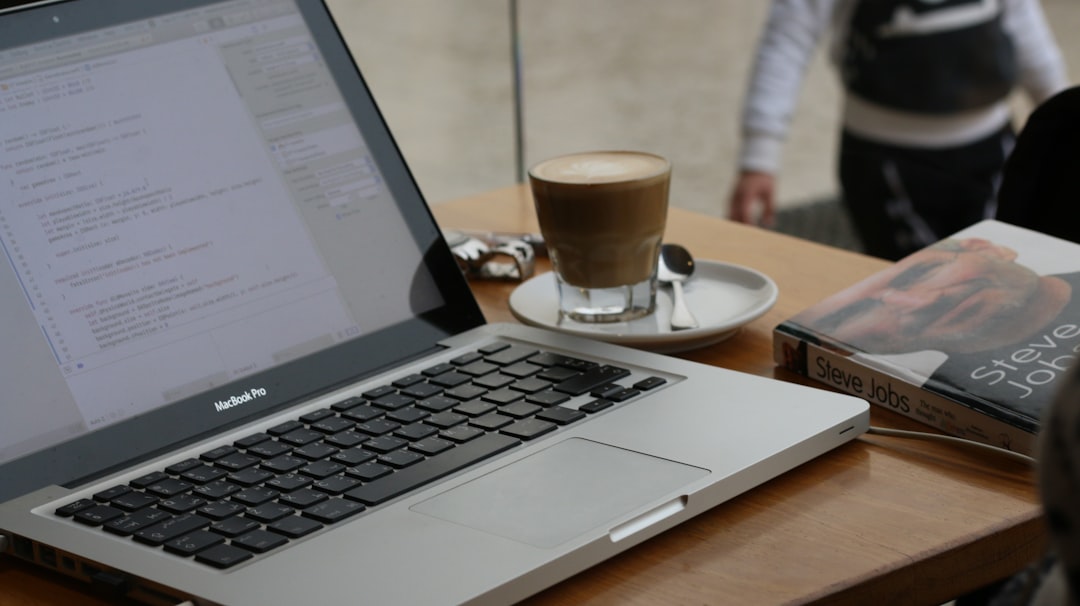Did your Mac misbehave this morning? Or maybe you want to install macOS fresh and clean. Starting up your Mac from a bootable drive can solve many problems. Don’t worry—it sounds techy, but it’s easier than you think!
There are several ways to do it. We’ll walk you through them with simplicity, style, and a splash of fun.
What is Bootable Media?
Bootable media is a fancy term for a USB stick or external drive that has a full version of macOS on it. When you start up your Mac with it, you’re telling it: “Hey, use this instead of the built-in system!”
You might use bootable media when:
- Your macOS isn’t working right.
- You want to install a clean version of the system.
- You’re troubleshooting big problems.

Method 1: Use Startup Manager
This method is easy and works on Intel-based Macs.
- Plug in your bootable USB drive.
- Shut down your Mac.
- Turn it on and immediately press and hold the Option (or Alt) key.
- You’ll see a list of volumes. Pick the one with your bootable drive.
- Click the arrow below your selection to start up from it.
That’s it! You’re in!
Method 2: Use Apple Silicon Startup Options
Got a newer Mac with an M1, M2, or newer chip? The startup steps changed a bit, but they’re still easy.
- Connect your bootable media.
- Turn off your Mac.
- Press and hold the Power button until you see “Loading startup options.”
- Select your external drive from the list.
- Click Continue.
Welcome to your external macOS world! 🎉
Method 3: Set Startup Disk from System Settings
If your current system is working fine but you want to boot from external media just once, do this:
- Go to System Settings (or System Preferences on older macOS).
- Click Startup Disk.
- Select your USB boot drive.
- Click Restart…
Your Mac will now reboot using that drive.
Method 4: Use Terminal (For Pros!)
Feeling brave? You can also set your boot disk via Terminal. This is geeky but powerful.
- Open the Terminal app.
- Type this command:
sudo bless --mount /Volumes/YourBootDrive --setBoot --nextonly
- Then restart your Mac.
Don’t forget to replace YourBootDrive with the name of your actual drive. And yes, you need to be an admin.
Need to Create Bootable Media First?
If you haven’t made your bootable USB yet, you’ll need:
- A USB drive (at least 16GB).
- A copy of macOS installer (download it from the App Store).
Then use Terminal and a simple command. Apple has guides for this right here.
Important Tips
- Make sure your USB drive is formatted correctly (use Disk Utility).
- Don’t remove the external drive while your Mac is using it.
- Some boot problems might require disabling Startup Security on newer Macs.
Wrapping It Up
Booting your Mac from a USB drive is a super useful trick. Whether you’re fixing problems, starting fresh, or exploring new macOS versions—it has your back.
And the best part? You can always go back to your internal disk by restarting normally. Easy peasy!
Now go on, tech hero—restart that Mac like a pro!